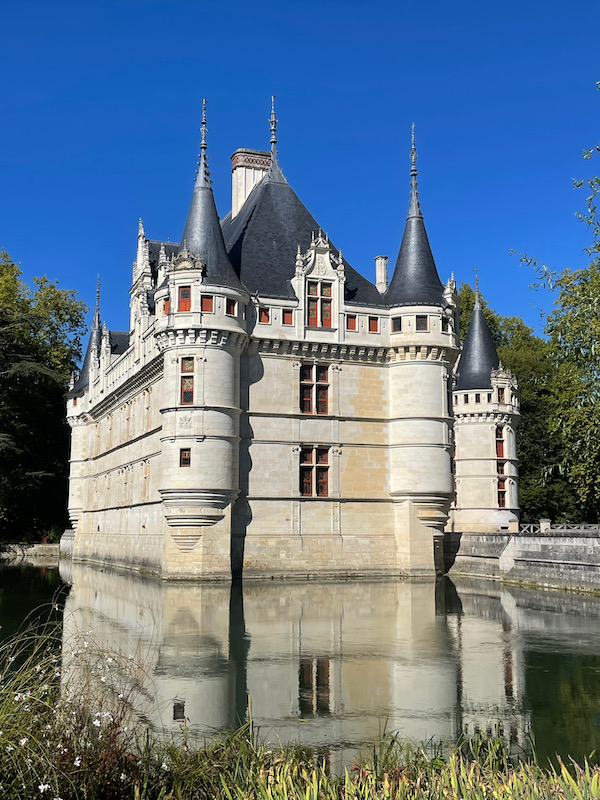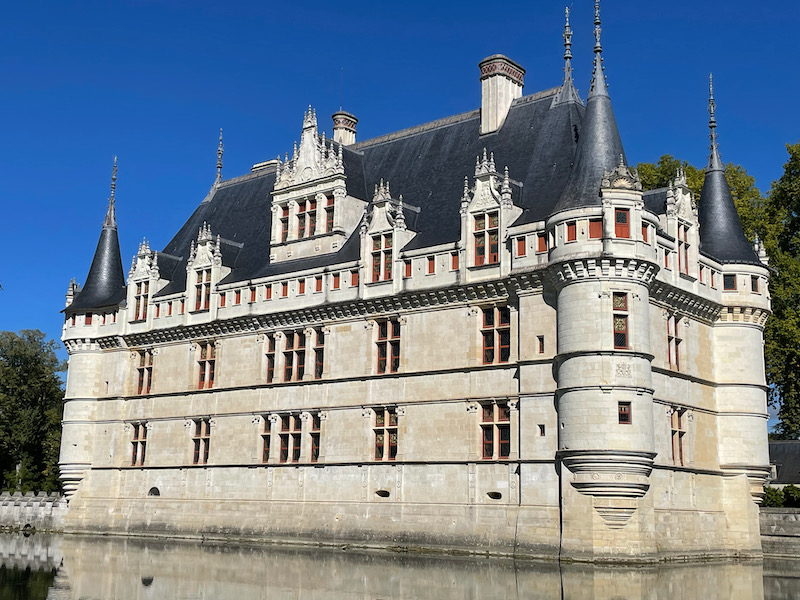Our Blog - Loire Valley Trip - Château Azay-le-Rideau, France
The Château Azay-le-Rideau was built at the beginning of the 16th century. The open loggia staircase was added in the 17th century, which is typical of Italian architecture. It was built on an island which forms its own type of "moat". But as you will see at the end from around back, the reflection of the chateau on the water is quite interesting. The two emblems that you see are the salamander (the emblem of Francois I) and the ermine (the emblem of his wife, Claude).
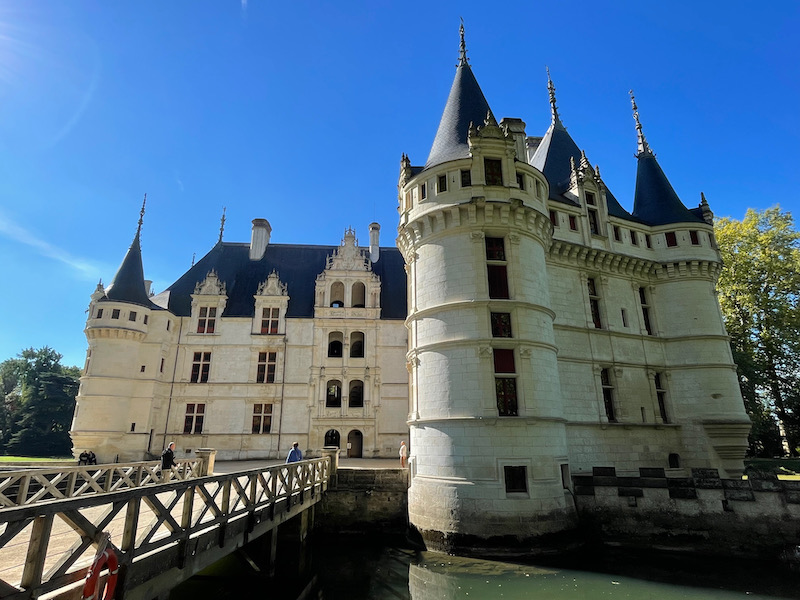
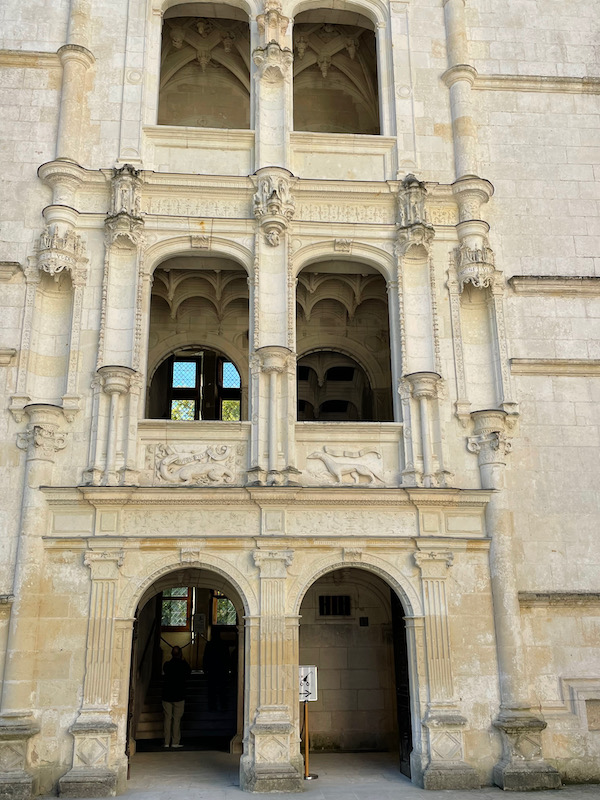
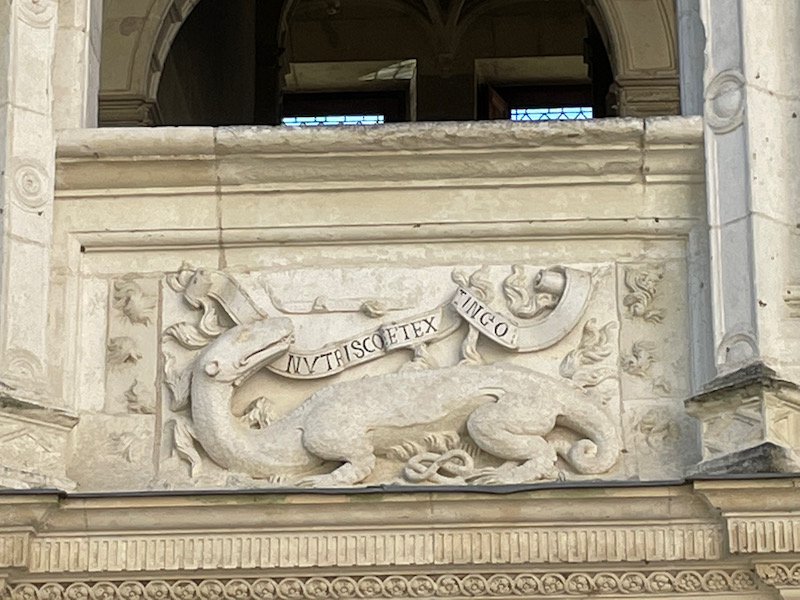
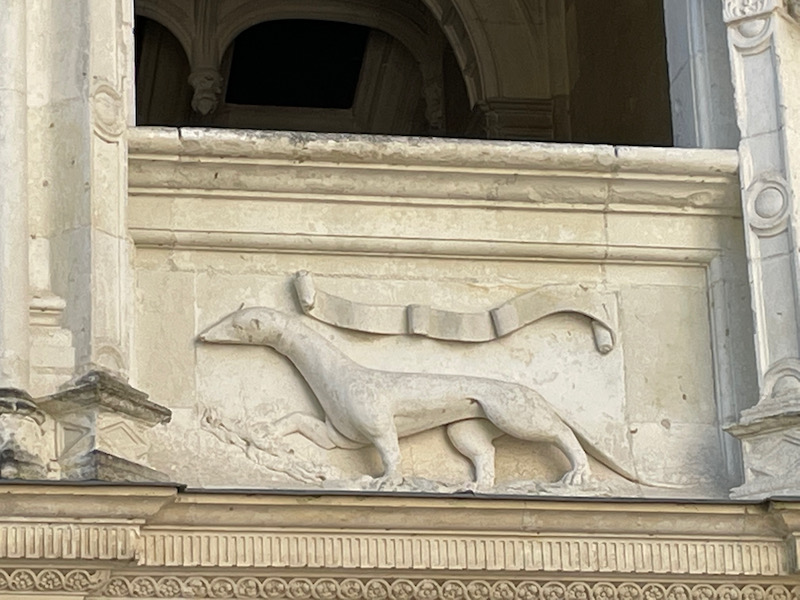
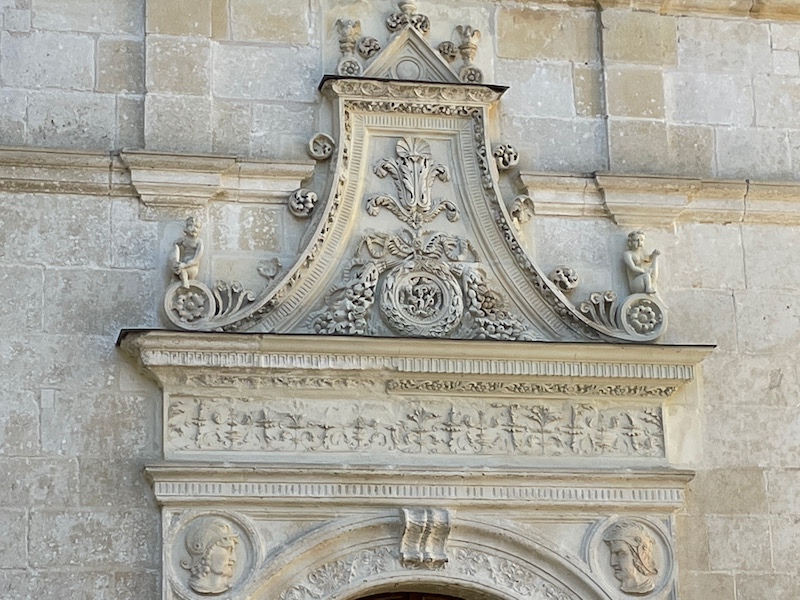
A typical bedroom from the 16th century, you can see how large the room is. The room had a fireplace for heating and normally would have some type of fabric on the walls, like tapestries, to keep the room warmer. The beds normally would have curtains that could be closed during the night, also to keep in the heat.
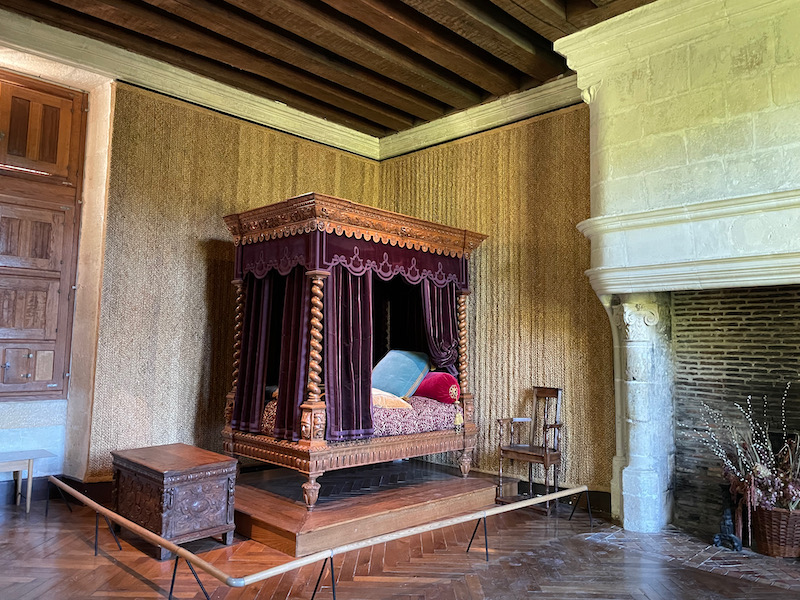
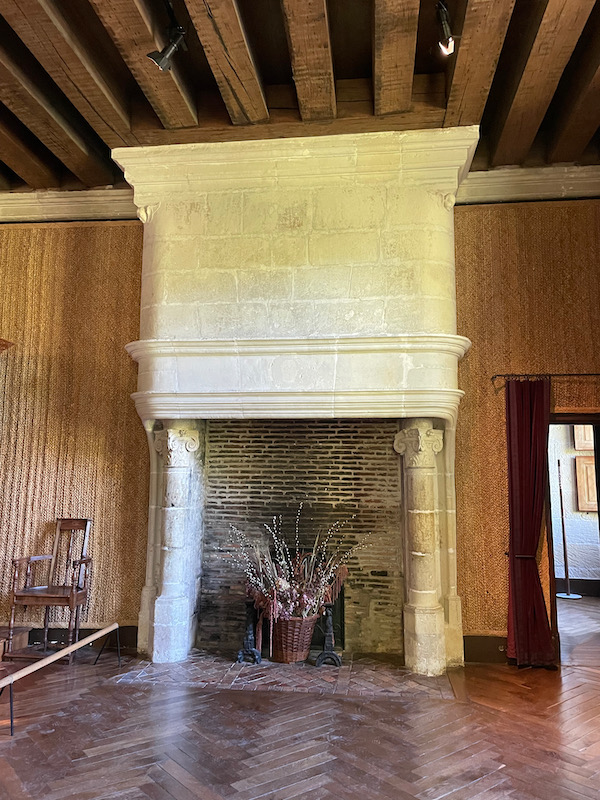
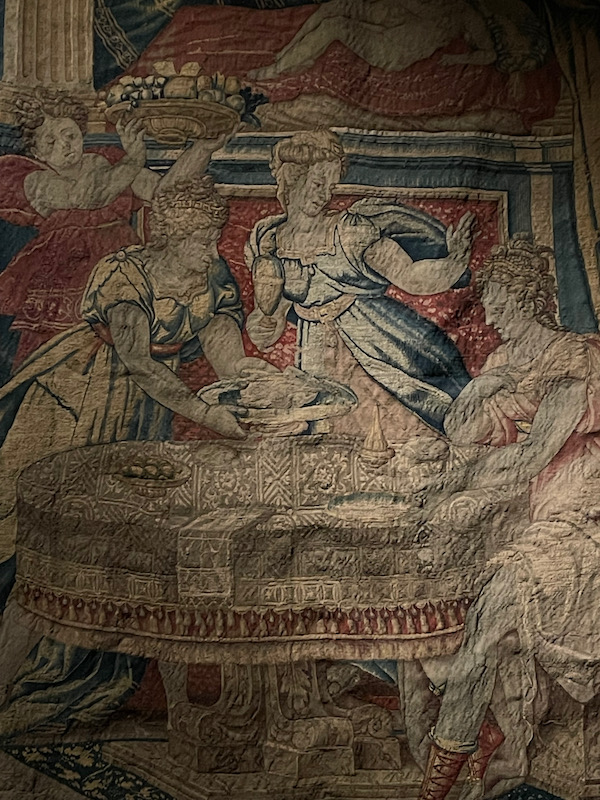
The great hall with its massive fireplace with the salamander emblem above it. The room looks quite empty but this was somewhat typical within the Renaissance. The royalty and nobility would travel from chateau to chateau, carrying their furniture, clothes, and other items along with them, which would be packed in the wooden trunks that you see around the room.
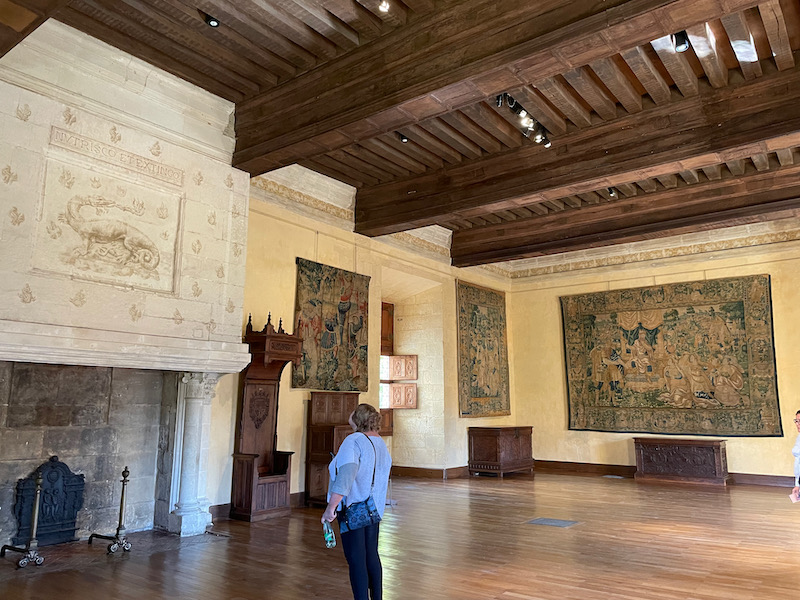
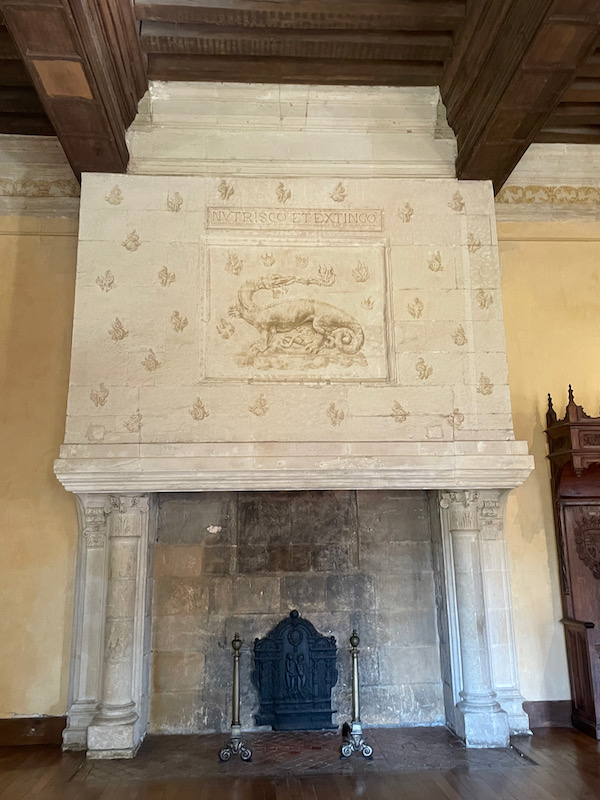
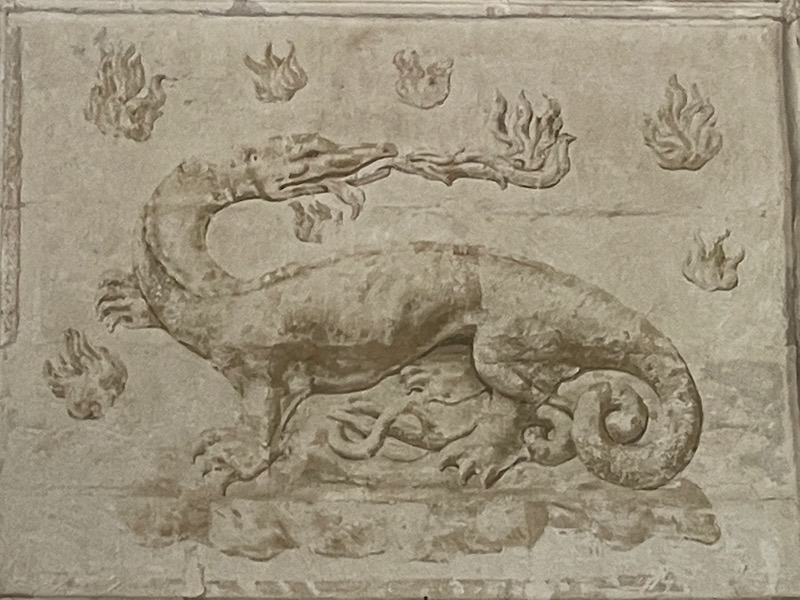
King Louis XIII spent 2 nights in this room in 1619, so it is called the Kings bedroom. The small black cabinet is made from darkened pearwood that makes it look like ebony. The drawers are decorated with ivory and bone plaques while the pictures represent some macabre episodes of the 30 Years War, which devastated Europe during the reign of Louis XIII.
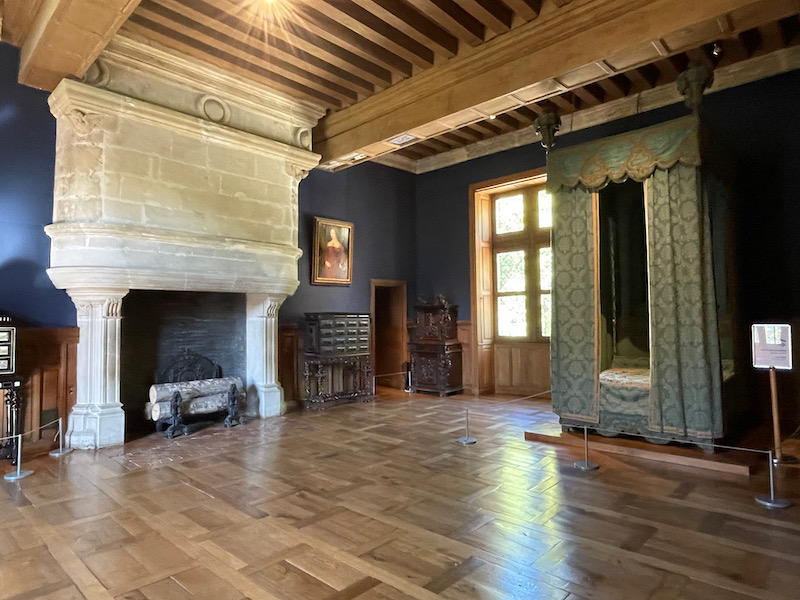
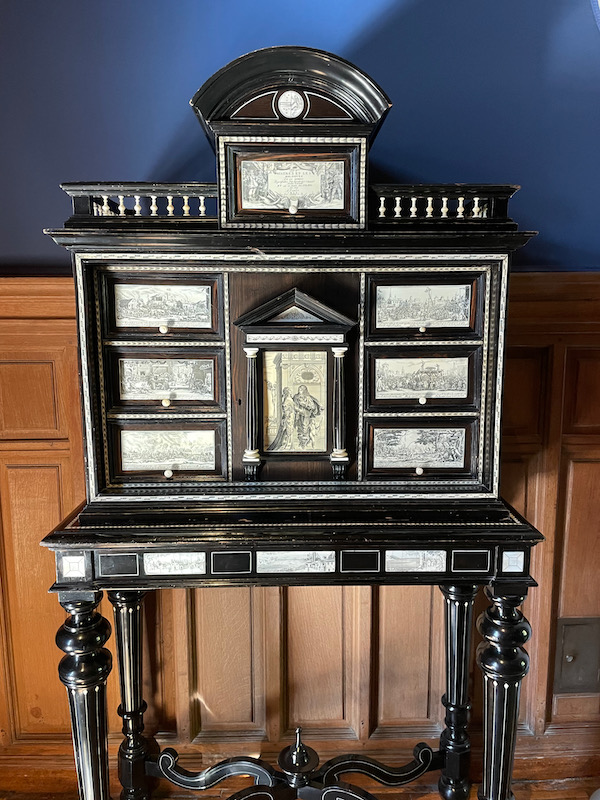
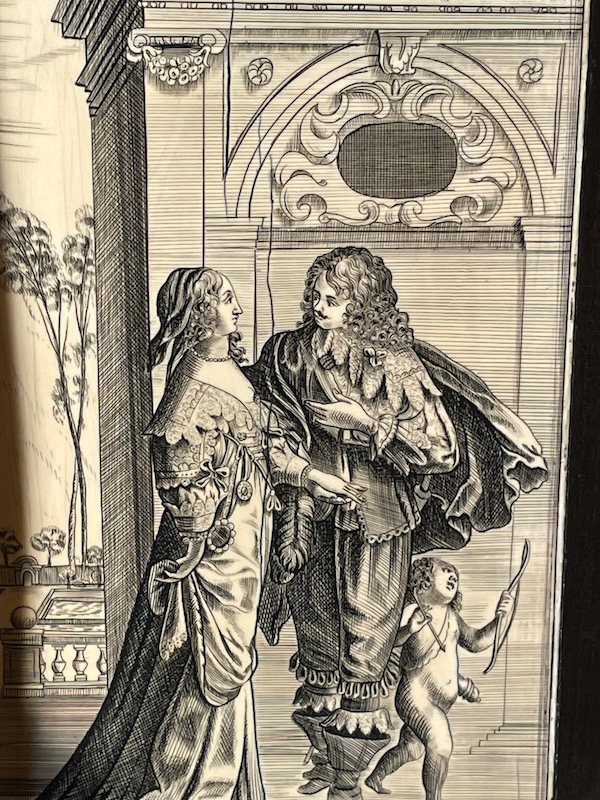
We now pass to the 19th century with this room, which shows the taste of the Marquis de Biencourt. The furnishings are high quality, inviting their guests to relax in a plush environment with elegant fabrics. The furniture now is comfortable as it doesn't have to be moved from place to place.
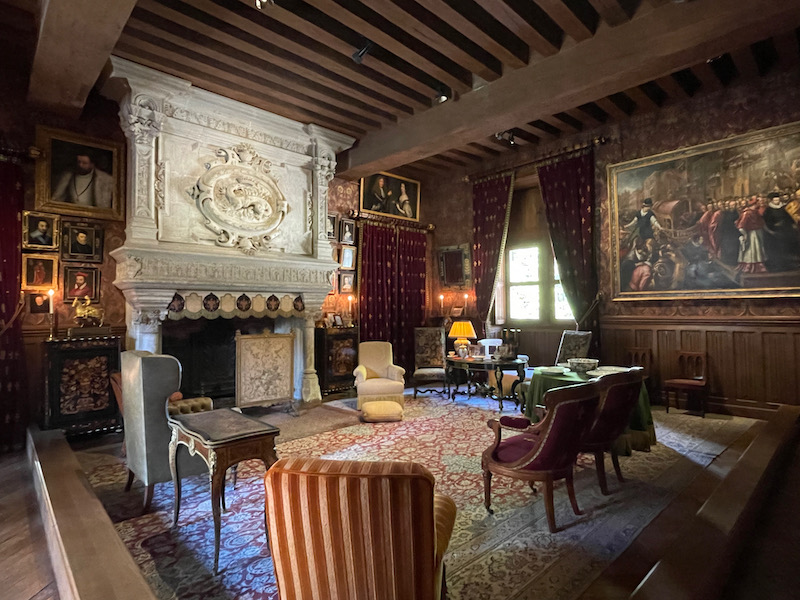
Here we are behind the chateau, and the Southern façade is very balanced and symmetric. The façade, on sunny days, is mirrored on the small lake that was created during the 19th century when some major landscaping was done to create a park for strolling around.
